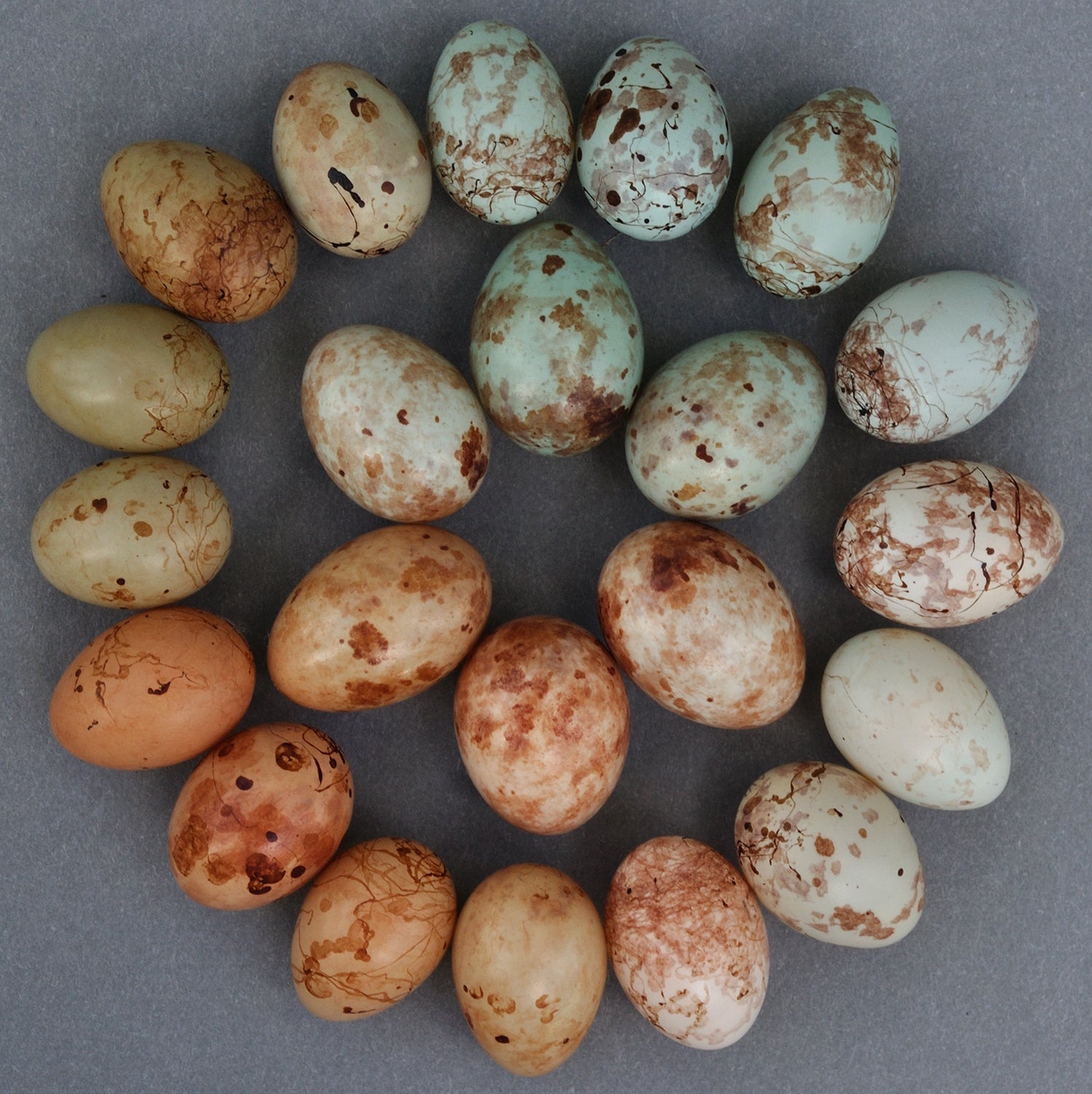Scientists crack egg forging evolutionary puzzle
Some birds are able to mimic others’ eggs to trick host parents into accepting a parasitic egg as their own rather than throwing it out of the nest.

Researchers have finally shed light on the century-old mystery of how some birds can mimic the eggs of several other species in order to trick them into raising their young.
The study suggests birds may inherit their ability to forge the appearance of their hosts’ eggs from their mothers.
This mimicry dupes host parents into accepting a parasitic egg as their own rather than throwing it out of the nest.
Around the world, many birds sidestep the responsibilities of parenthood by laying their eggs in the nest of other species.
While maternal inheritance has allowed cuckoo finches to exploit multiple host species, it’s likely to slow their ability to evolve counter-adaptations as their hosts evolve new defences
While this lifestyle, called brood parasitism, has advantages it also presents challenges such as how to convince the other species to accept a foreign egg.
Many birds who engage in the practice achieve this by mimicking the colours and patterns of their host’s eggs.
However, some winged animals exploit the care of several different host species whose eggs all look different.
Scientists have long wondered how a single brood-parasitic bird species can do this, and how these forgers can pass this ability on to their young despite interbreeding between birds raised by different hosts.
Now genetic research by an international team led by Professor Claire Spottiswoode from the University of Cambridge’s Department of Zoology and the FitzPatrick Institute of African Ornithology, University of Cape Town, and Professor Michael Sorenson at Boston University, has made a major breakthrough, and their findings may be bad news for the egg forgers.
The research reveals that female cuckoo finches inherit their ability to mimic the appearance of their hosts’ eggs from their mothers, via the female-specific W chromosome – comparable to the male-specific Y chromosome in humans.
According to the scientists, this maternal inheritance allows cuckoo finches to sidestep the risk of inheriting the wrong mimicry genes from a father raised by a different host.
It has also allowed distinct lineages of cuckoo finch females to evolve specialised egg mimicry of several different host species.
The researchers suggest such mimicry tricks host parents into accepting a parasitic egg as their own rather than throwing it out of the nest, and so has been crucial to the success of these African birds.
However, they believe this long-established system of maternal inheritance may come back to haunt the cuckoo finches.
Dr Spottiswoode said: “In this particular coevolutionary arms race between species, natural selection has created a double-edged sword.
“While maternal inheritance has allowed cuckoo finches to exploit multiple host species, it’s likely to slow their ability to evolve counter-adaptations as their hosts evolve new defences.
“In particular, parasites face a daunting challenge because some host species have in return evolved an astonishing diversity of egg colour and pattern ‘signatures’, that help hosts to distinguish their own eggs from parasitic mimics.”
The study, published in PNAS, focused on the genetics of egg mimicry in the cuckoo finch, a species which adopts a brood-parasitic lifestyle and exploits many species of warbler across Africa.
The data was collected at a study site in southern Zambia.
Cuckoo finches in this area trick four different species of grass-warbler to devastating effect.
If host parents fail to detect and remove a parasitic egg in their nest, the young cuckoo finch typically outcompetes the hosts’ own hatchlings, which soon starve to death.
But in their fightback against the forgers, grass-warblers have become skilled quality controllers, rejecting eggs that differ from their own in colour and pattern, and all four species have evolved the ability to deposit unique signatures onto their own eggs to enhance their detection of intruders.
The study argues that selection from host defences drove cuckoo finches to transfer control of egg appearance to the maternally inherited part of the genome at least two million years ago.